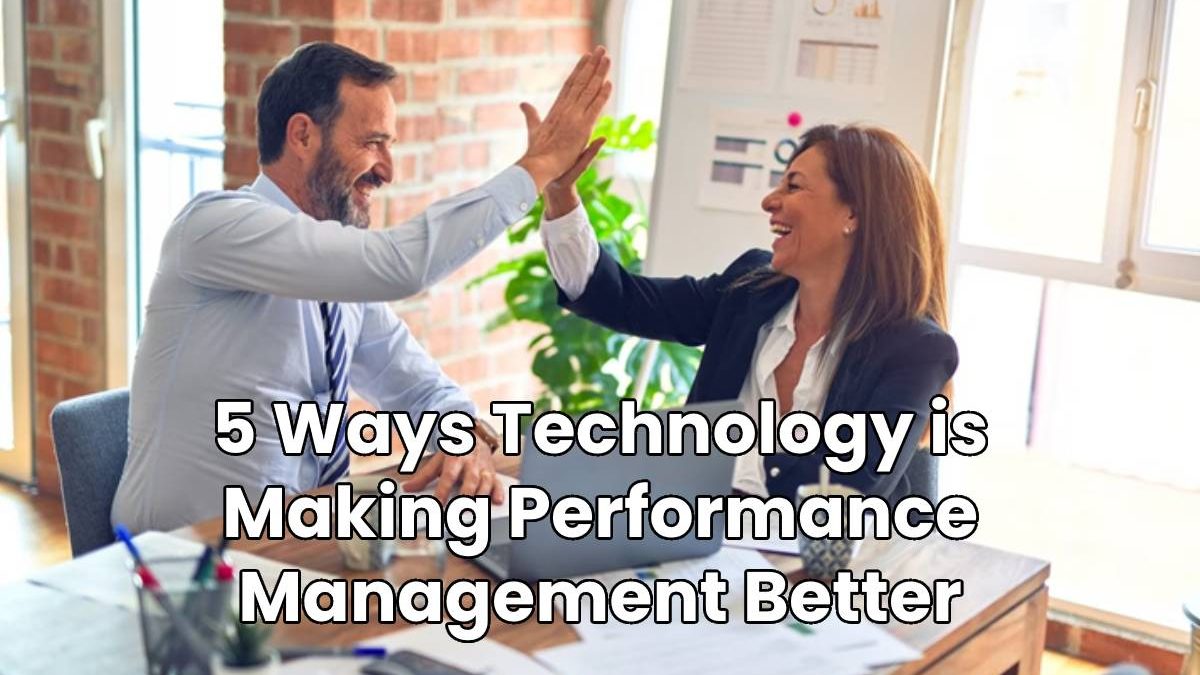The world of work has changed dramatically over the past two decades. With technology, there’s now a way to keep employees on track with their goals at all times. This makes it easier to give feedback, track progress, and see how each employee is performing more or less in real-time. ”performance management system“: Whether you’re starting a new performance management system at your organization or just want to tweak the old one a bit, technology can be a very helpful tool.
Here are a few ways that technology is making performance management better and easier for both managers and employees alike. Check it out below.
Table of Contents
Aligning Goals and Showing Progress
The entire point of a performance management system is to help employees achieve their goals and perform well. Part of that is helping them set goals. Goals should be used as a way to get everybody on the same page and support employees in the pursuit of achieving the company’s mission.
A good performance management system is going to help you get your employees to align their goals with the company and allow a platform for helping develop them.
It also helps you monitor the goals, shows progress, and helps you avoid getting off track. Losing motivation along the way is a problem for some companies. With a good performance management system, you don’t have to worry about that.
Streamlined Goal Monitoring
Setting goals is the first step to success, but monitoring them is even more vital. Goal setting is a continuous process, so you need a good performance management process in place to ensure employees can make progress toward their goals.
New technologies are an invaluable resource that makes it easier to set goals and stay motivated to achieve them. Technology can help you stay on track towards achieving these goals and provide benchmarks, progress points, and guidance along the way.
Productive Feedback
When it comes to performance management, there’s more than one way for teams to be smart about how they share feedback. The key is to make sure you’re delivering productive feedback. Productive feedback is anything that a person can use to perform better.
Negative feedback can be a useful tool, but it needs to be provided constructively. If somebody is not performing well, the last thing you want to do is tell them they’re doing a lousy job. Instead, you want to give them constructive useful feedback they can use to perform better. There are many ways to provide feedback through your Performance Management system.
You can use one-on-one meetings with team members, checklists, and evaluations distributed at regular intervals, and regular check-ins through Zoom or Microsoft Teams. Providing timely, specific feedback helps employees grow professionally and personally and ultimately strengthens their skills and what they bring to the organization as a whole.
Better Visibility of Employee Performance Data
In the past, you would have needed to gather data from various sources and then manually analyze it to get a full picture of employee performance. It would also have been necessary to share any data with multiple people within your organization.
This elaborate and time-consuming process made it more difficult to assess performance in real-time before technology stepped in to make it easier. Modern tech collects information automatically and shares it with relevant managers as needed. Employee Performance data can then be accessed anywhere at any time.
Since Wi-Fi and the cloud are usually involved, data gets stored readily and can be retrieved with ease. It can also lower the bandwidth company uses because of how streamlined everything is. By having the data readily available, it’s easier to cancel, take corrective action, and do what is necessary to keep employees performing well throughout the entire system.
More Efficient Performance Reviews

Performance reviews can be a challenge even to the most seasoned managers. It can be tough to find time to do a review and give a review without some sort of inherent bias.
That’s why regular feedback and performance management are so integral to the process these days. Technology has helped us develop new methods for improving these practices and making it easier than ever to continuously monitor employee performance.
The key is getting employees involved in their development by using tools like 360-degree feedback, pulse surveys, peer-to-peer reviews, and other modern techniques that allow managers to give real-time feedback and coaching without having to wait for an annual review cycle.
Establishing goal-setting and monitoring a continuous process will ultimately order to get more out of your employees and your organization—and make them happy, more motivated, and successful along the way.

